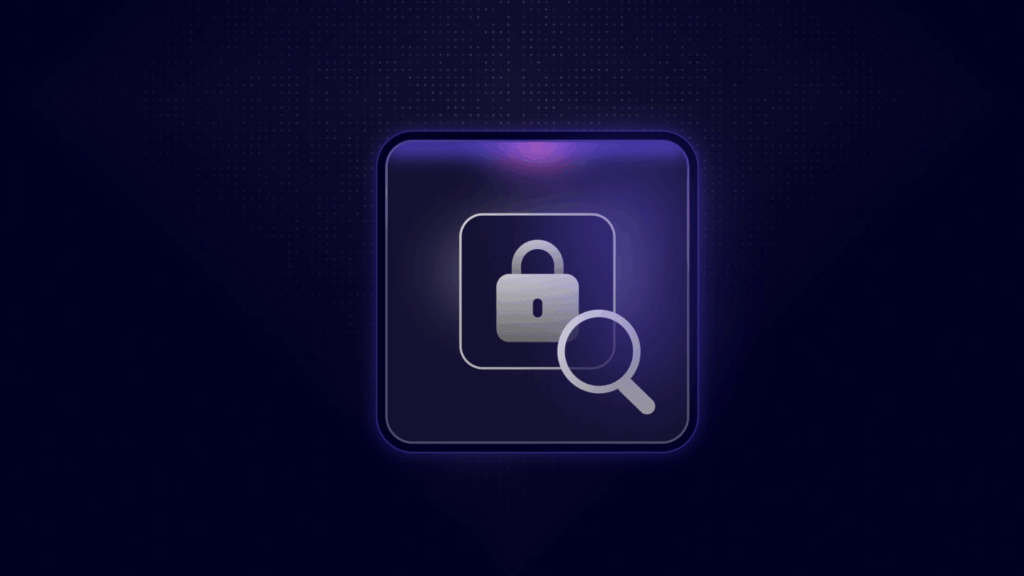SCA tools are table stakes for modern DevSecOps, but choosing the right one in 2025 is tricky. New entrants tout AI prioritization while incumbents expand into license compliance and provenance. The challenge isn’t finding an SCA—it’s picking one that scales with your codebase and culture.
Start with your threat model: Are you prioritizing license risk, dependency CVEs, or full SBOM traceability? A fintech with PCI exposure has different needs than a SaaS vendor shipping daily. Define what “secure enough” looks like before demos.

Prioritize ecosystem fit: A polyglot monorepo needs first-class support for JS/TS, Go, Python, Java, and Rust in one scan. Check CI integrations and performance on large repos. Prefer solutions that export SBOMs in SPDX or CycloneDX so you aren’t locked into a proprietary format.
Evaluate accuracy and noise: The best engine isn’t the one with the largest database; it’s the one that ranks what matters. Look for reachability analysis, EPSS-based scoring, or exploit intelligence. Tie findings to code owners automatically and batch duplicates across services that share a base image or dependency.
Governance and compliance: You’ll need license policies, exception workflows, audit trails, and enforcement that varies by environment. Map your controls to the OpenSSF guidance and your internal risk register.
Operational criteria: Speed (seconds in PR, minutes in CI), API access for automation, and offline scans for regulated environments. Prefer vendors that document data handling and allow self-hosting if required.

Scoring model: Weight DRY metrics—precision, language coverage, CI latency, SBOM standards, policy features, and TCO. Pilot with a representative monorepo and measure MTTR over one sprint.
Bottom line: shortlist platforms that respect developer time, integrate cleanly, and speak open standards. For a landscape view and trade-offs, see Aikido’s roundup of SCA tools.
